Adafruit's RP2040 Powered Keyboards Are Your DIY Keyboard Crafting Shortcut
Mute that microphone with blinky lights!
Building your own mechanical keyboard used to involve an Arduino / Teensy and learning enough C / C++ to make it all work. With the introduction of the Raspberry Pi RP2040 SoC and Adafruit's CircuitPython we have a cheap and easy to use means to make our won interfaces. Adafruit are working on two keyboard related projects.
Adafruit's KB2040 is an Arduino Pro Micro pin compatible board that offers the power of the RP2040 for your next keyboard build. Keeb Boar is a 3 x 4 macropad also powered by the same chip as used in the Raspberry Pi Pico.
Adafruit KB2040
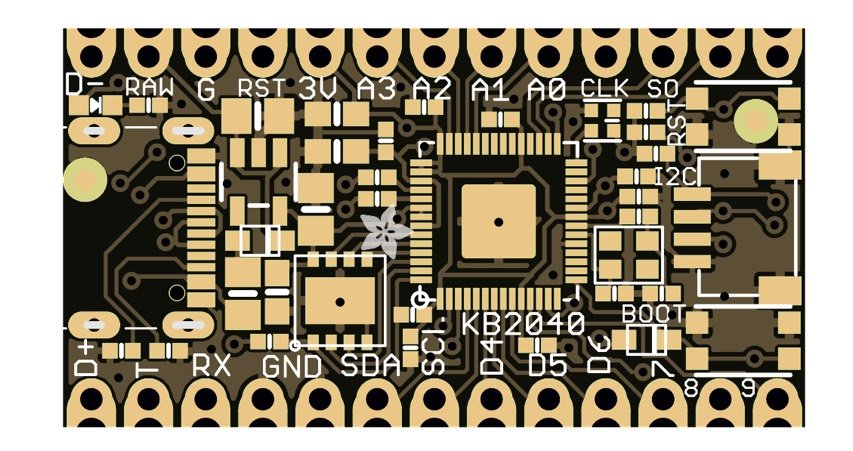
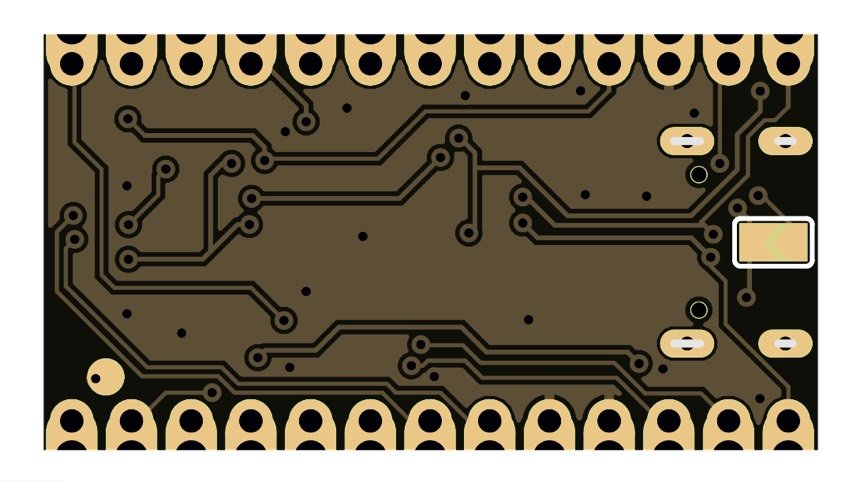
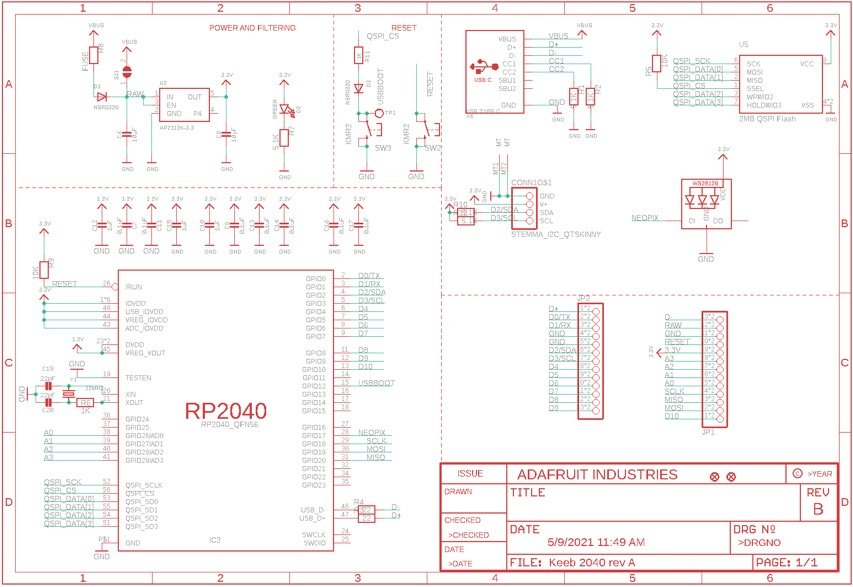
Adafruit's KB2040 is based on the same pinout as an Arduino Pro Micro a board measuring approximately 1.3 x 0.7 inches (33 x 18 mm) but with the KB2040 we get a few extras over the Arduino. Notably we get the low cost, high power RP2040 SoC, running at upto 133 MHz and with 264KB of RAM. Storage is provided via an 8MB QSPI flash, enough for the code to power our keyboard, and to include any extra libraries for the onboard WS2812B NeoPixel and for any devices connected to the Stemma QT I2C connector located opposite the USB C. The inclusion of a Stemma QT is a nod to the design of SparkFun's Pro Micro RP2040 which features a Qwiic connector, compatible with Stemma QT components. Why is a Stemma QT connector such a big deal? It enables our keyboard build to have extra features such as rotary encoders for media controls, OLED screens and many different sensors.
Around the perimeter of the board are 16 GPIO pins, a mix of digital IO, PWM, analog, SPI and what looks to be a second I2C channel just like Adafruit's QTPy RP2040. The GPIO pins also feature castellations, which enable KB2040 to be surface mount soldered to your keyboard PCB, reducing wires and the total height of the build.
Adafruit Keeb Boar
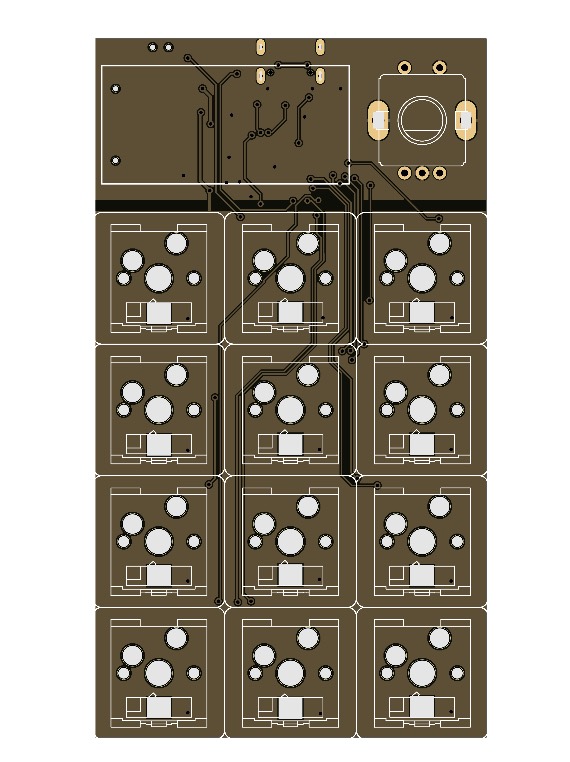
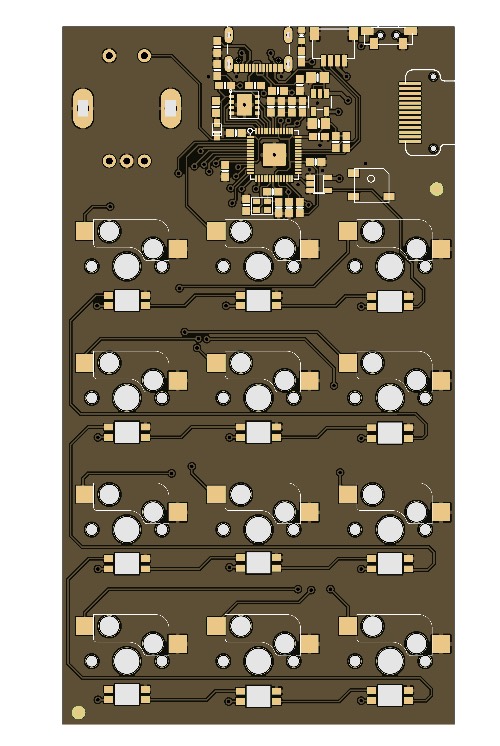
Keeb Boar is a 3 x 4 macropad designed for use with Kailh / Cherry MX compatible switches. Powered by the RP2040 and with enough GPIO pins for each key, so no need for a matrix to scan for input. Each key has its own WS2812B NeoPixels, just like Pimoroni's Keybow 2040. On the top row of the board are spaces for a 1.3 inch 128 x 64 OLED screen and a rotary encoder useful for media controls / enabling extra configurations. A buzzer is also present for feedback, or brief musical interludes.
On the underside of the board is the RP2040 SoC, 8MB QSPI flash, a breakout for Stemma QT devices and a USB C port used to power and programme the board via CircuitPython.
How much and when can we expect these boards? At this time all we know is that they are coming soon, with prices to be confirmed.
Get Tom's Hardware's best news and in-depth reviews, straight to your inbox.

Les Pounder is an associate editor at Tom's Hardware. He is a creative technologist and for seven years has created projects to educate and inspire minds both young and old. He has worked with the Raspberry Pi Foundation to write and deliver their teacher training program "Picademy".